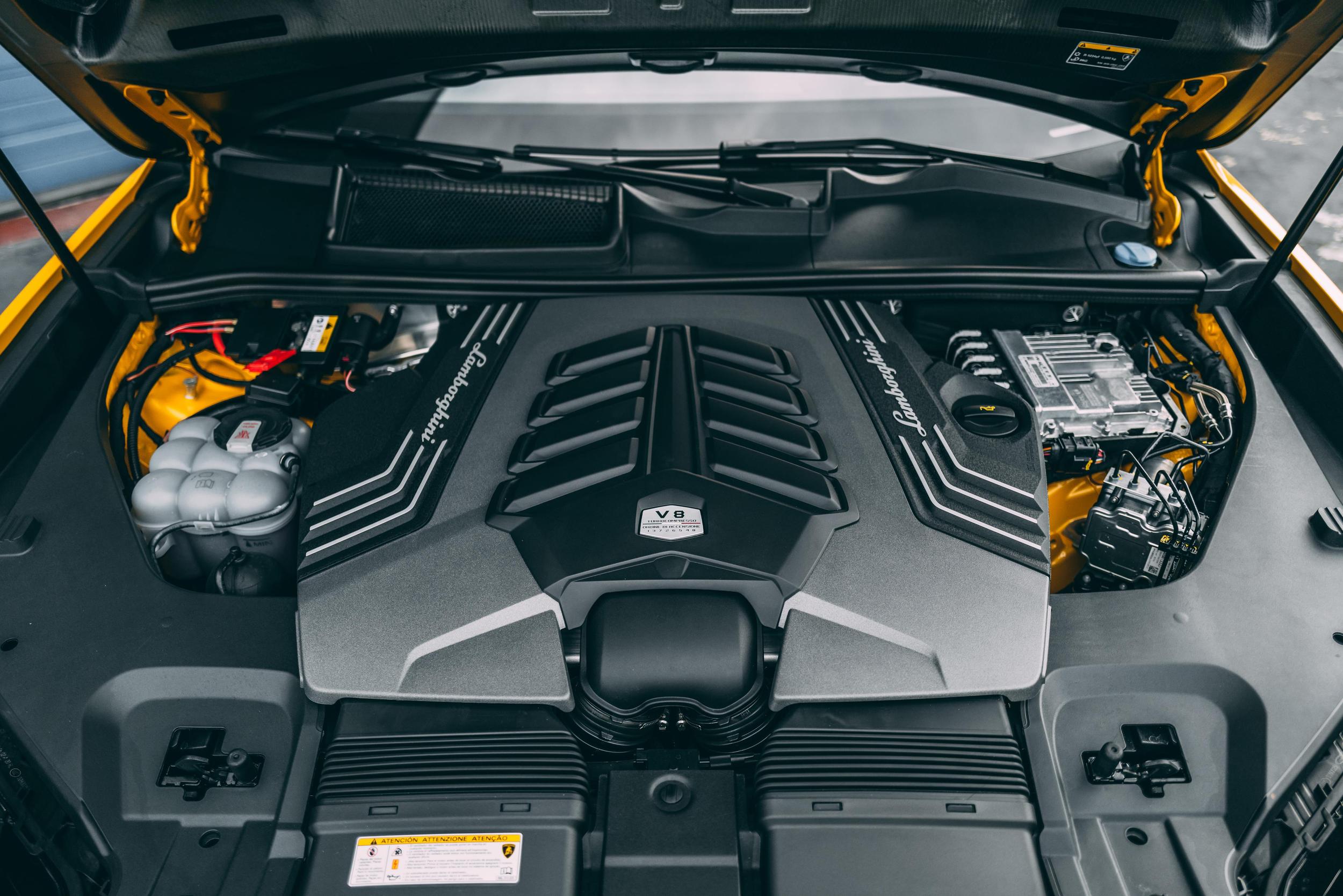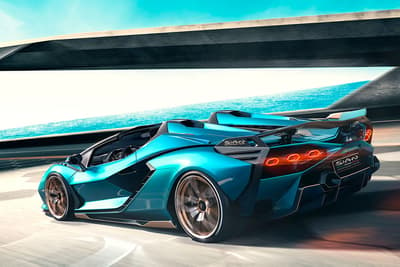When one delves deep into the tapestry of automotive excellence that Lamborghini has woven over the decades, the V8 emerges as an unexpected but pivotal thread. While the power-packed V10s and V12s frequently dominate conversations, the V8’s chapter highlights Lamborghini’s commitment to versatility and pioneering design.
What Lamborghini has a V8?
The roots of Lamborghini’s V8 narrative trace back to the tumultuous late 1960s. It was a transformative era, not just in the world of automobiles but in global culture, fashion, and technology. As European roads were increasingly populated with diverse cars, Lamborghini perceived a unique space for itself. The brand, already basking in the limelight for its groundbreaking V12s, began to consider a venture into new territories of performance and luxury.
Lamborghini Urraco
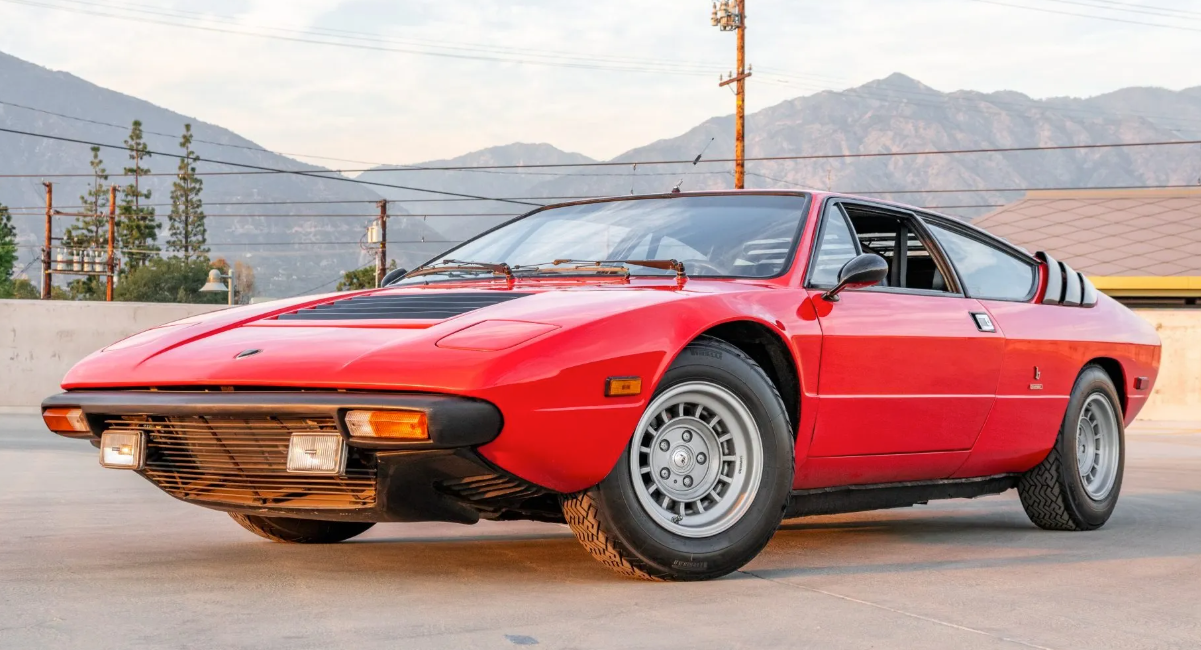
Enter the Urraco in 1970. With this model, Lamborghini aspired to craft a car that was both accessible to a broader audience and upheld the brand’s reputation for exhilarating performance. While the V12s catered to the elite supercar aficionados, the Urraco’s V8 was designed to appeal to those who sought agility and compactness without compromising on power.
Lamborghini Silhoutte
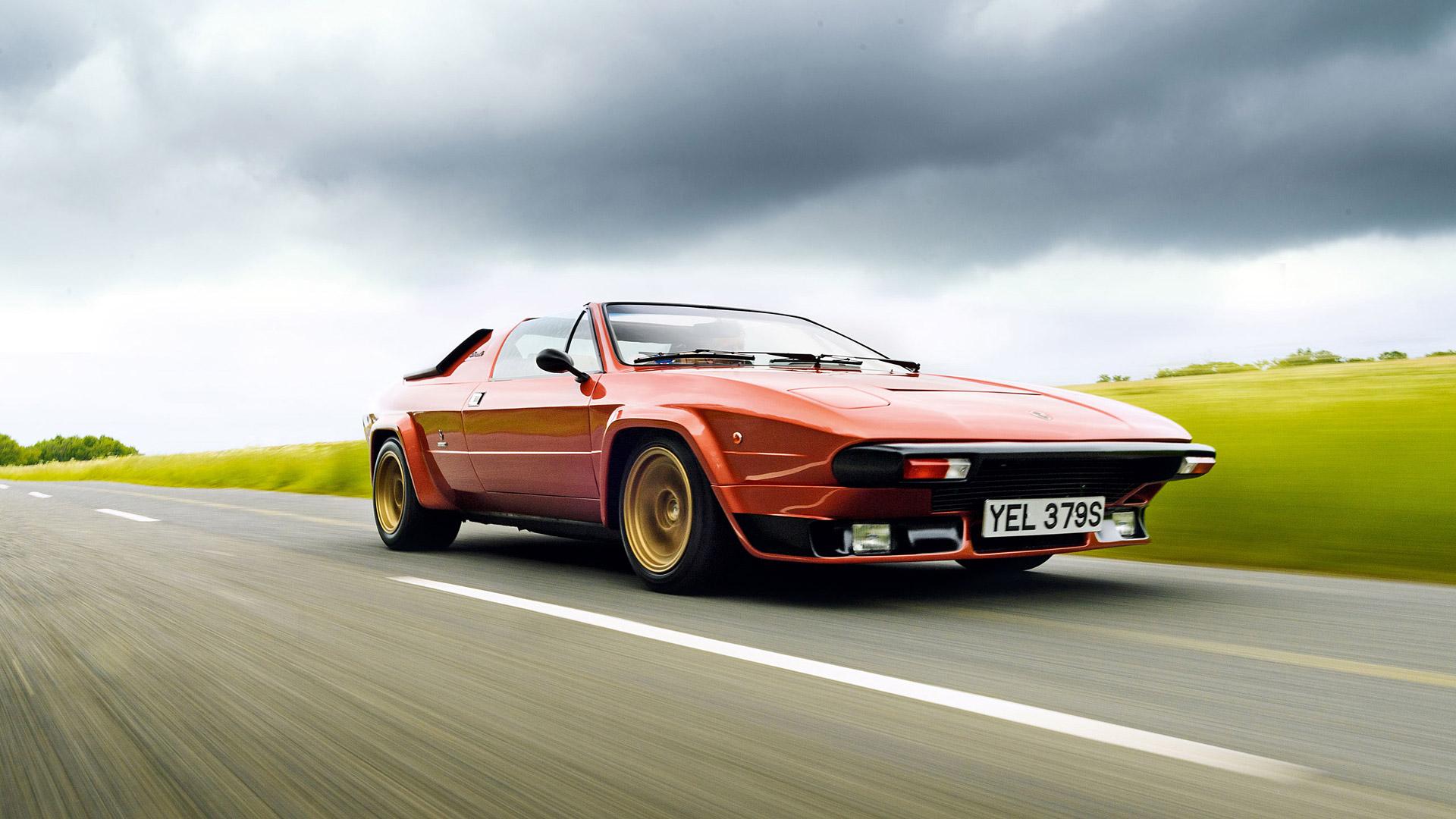
But the Urraco was just the beginning. As the 70s progressed, Lamborghini’s experimentation with the V8 gave birth to other models. The Silhouette arrived, targeting a segment that admired the blend of aesthetics and raw power.
Lamborghini Jalpa
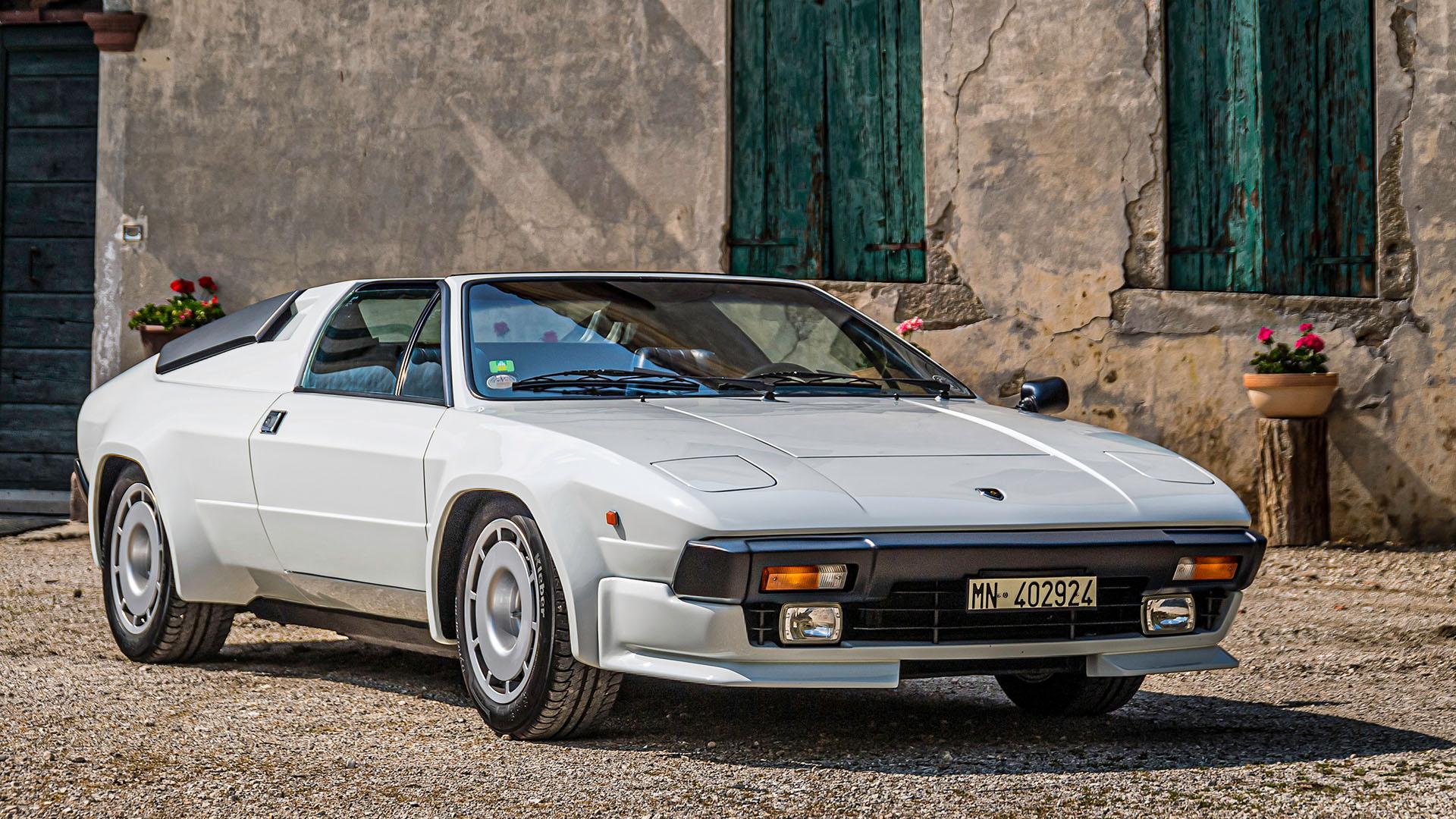
By the 1980s, the Jalpa made its mark, carrying forward the V8 legacy, embodying refinements and innovations based on the lessons learned from its predecessors.
Lamborghini Urus
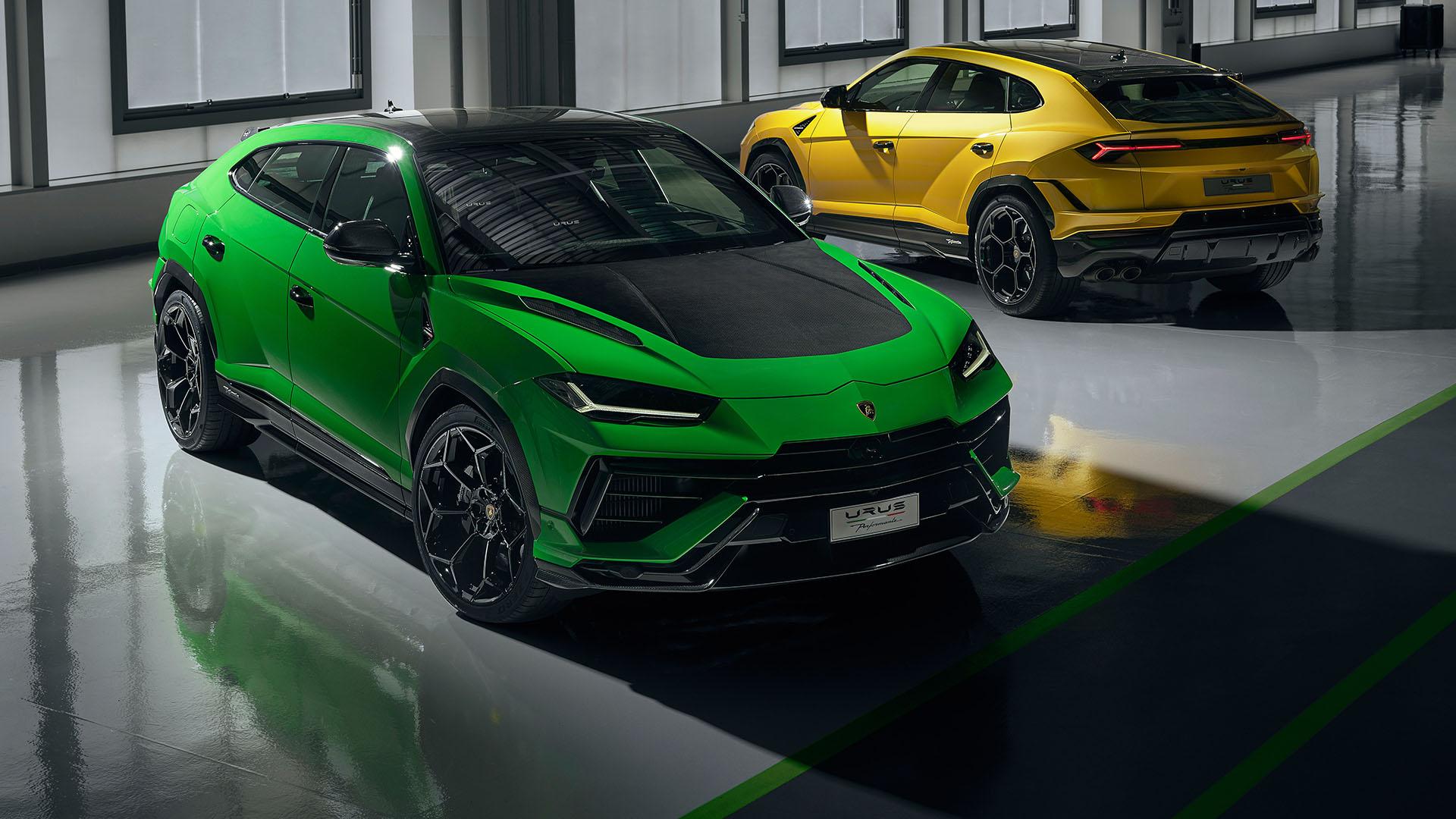
However, it wasn’t until the launch of the Lamborghini Urus in 2018 that the V8 made a dramatic re-entrance. Touted as a ‘Super Sport Utility Vehicle’, the Urus became the brand’s first modern V8 model, serving a market segment that sought the luxury and performance of a Lamborghini in a more practical package. Housing a twin-turbocharged 4.0-liter V8 engine, the Urus showcased how far the V8 had come in terms of both technology and performance. It wasn’t just about power – although, with 641 horsepower, power was aplenty – it was about delivering a Lamborghini experience in a form previously unimagined. The Urus, while a departure from the sports cars traditionally associated with the brand, highlighted Lamborghini’s ability to innovatively integrate the V8 into modern automotive landscapes.
Throughout these decades, the V8-powered Lamborghinis not only offered an alternative to the brand’s more opulent offerings but also demonstrated Lamborghini’s ability to adapt to market demands, challenges, and shifts in consumer preferences. Each V8 model encapsulated the zeitgeist of its era, becoming a testament to Lamborghini’s uncanny ability to stay ahead of the curve.
Specs
Diving deeper into the V8’s anatomy reveals an evolution that’s not just about size and power output but a tale of continuous refinement, innovation, and responsiveness to the nuances of driving pleasure.
Urraco:
- Displacement: The journey began with a 2.5-liter, later progressing to a meatier 3.0-liter version.
- Horsepower: Starting with a base of 220 horsepower, the upgraded versions experienced notable increments.
- Torque: A commendable 166 lb-ft for the initial version made it sprightly off the line.
- Transmission: A 5-speed manual, harking back to the days when driving involved a more tactile engagement with the machine.
- Features: Notably, a dual overhead camshaft (DOHC) layout, a system designed to optimize valve timing, ensuring a smoother and more efficient combustion process. Furthermore, its aluminum alloy construction showcased the brand’s commitment to weight-saving without sacrificing strength.
Silhouette:
- Displacement: Retaining the 3.0-liter V8 but with significant refinements.
- Horsepower: A slightly enhanced output, circling around the 250 horsepower range.
- Torque: Boosted to around 203 lb-ft, it signaled better mid-range performance.
- Transmission: The 5-speed manual continued its legacy, paying homage to purist driving enthusiasts.
- Features: Introduction of improved fuel injection systems, marking a transition to more efficient fuel delivery and combustion. The Silhouette also benefited from a more advanced ignition system, ensuring a more consistent spark and thus optimizing power delivery and fuel efficiency.
Jalpa:
- Displacement: Amplified to a 3.5-liter, the largest in Lamborghini’s V8 family.
- Horsepower: Reaching a peak of 255 horsepower, it became a beacon of the V8’s evolution.
- Torque: At a substantial 231 lb-ft, throttle response was notably sharper.
- Transmission: While the 5-speed manual remained, tweaks in its linkage ensured more precise gear shifts.
- Features: The Jalpa boasted a plethora of enhancements, from improved cooling systems, ensuring the engine maintained optimal temperatures, to refined exhaust flows that not only enhanced performance but added a distinct auditory signature. The fuel injection techniques underwent further refinement, maximizing performance and fuel economy.
Urus:
- Displacement: Boosted to a 4.0-liter, the pinnacle of Lamborghini’s twin-turbocharged V8 lineage.
- Horsepower: Hitting a zenith of 650 PS (641 hp), it underscored the V8’s modern prowess.
- Torque: With a commanding 850 Nm (627 lb-ft), the Urus’s accelerator commands were met with instant vigor.
- Transmission: Paired with an 8-speed automatic, the transmission system was designed for quick and efficient gear changes, further enhancing the SUV’s dynamism.
- Features: The Urus came equipped with a myriad of advancements. Its all-wheel-drive system ensured that power was adeptly distributed, optimizing traction and handling. The engine’s twin-turbochargers not only amplified power but ensured a consistent delivery across the rev range. Cooling systems were fine-tuned, keeping the V8 at ideal operating temperatures during spirited drives. The exhaust system, too, was meticulously crafted, offering a signature Lamborghini roar, marrying performance with an unmistakable auditory experience. Integrated fuel management techniques worked in tandem with the turbochargers, balancing performance with efficiency.
While these specifications provide a granular look into the V8’s prowess, it’s worth noting the broader picture: Lamborghini’s commitment to ensuring that each iteration was a response to the evolving demands of driving dynamics and automotive technology.
Conclusion
While the V12 and V10 engines might steal the spotlight when one thinks of Lamborghini, the V8 offers a fascinating glance into the brand’s adaptive strategy and engineering prowess. It’s a testament to Lamborghini’s versatility and their ability to create exceptional vehicles across different segments and engine configurations. The Lamborghini V8 might be a lesser-known chapter in the brand’s history, but it remains an integral part of the narrative for those who appreciate automotive artistry.

